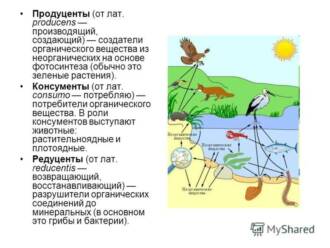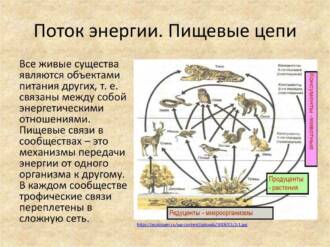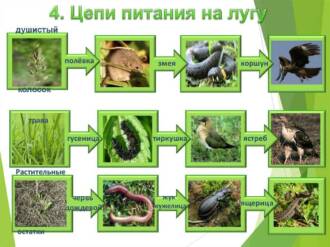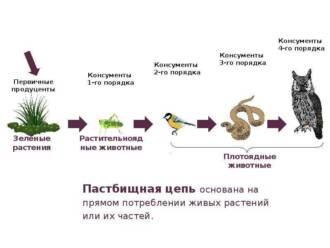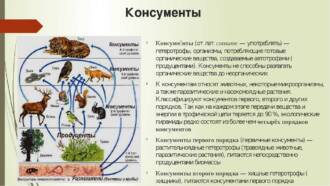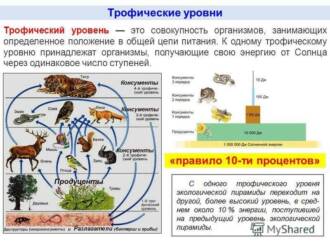
Butterflies are one of the most beautiful and diverse types of insects found in nature. They play an important role in the ecosystem, influencing the food chain and biodiversity. Due to their variety of shapes and colors, they are not only an object of admiration for us, but also an essential link in the natural balance.
Butterflies are pollinators of many plant species, which makes them indispensable in the process of flower formation and plant reproduction. Pollination allows plants to produce seeds and fruits, which in turn provides food for other animals. Butterflies are also a food source for many birds, lizards and bats.
However, the role of butterflies in an ecosystem is not limited to pollination and the food chain. They also serve as indicators of the ecological state of the environment. Changes in the abundance and species composition of butterflies can indicate air pollution, loss of food sources and destruction of natural habitats. Therefore, the conservation of butterflies and their habitats is an important task for maintaining the ecological balance.
The role of butterflies in the ecosystem
Butterflies play an important role in the ecosystem, especially in the food chain of nature. They perform the function of pollinators, transferring pollen from one flower to another, contributing to the process of pollination and reproduction of plants.
Pollination carried out by butterflies is a key element in the formation of plant diversity. Butterflies visit the flowers of various plants, collecting nectar and pollen and transferring it to other plants. Thus, they contribute to the interbreeding of plants and the diversity of their genetic material.
Butterflies also serve as a food source for many animals. Butterfly caterpillars are food for birds, lizards, frogs and other predatory animals. Adult butterflies, due to their bright color and attractiveness, are tasty prey for birds, spiders and insectivorous animals.
Butterfly variety
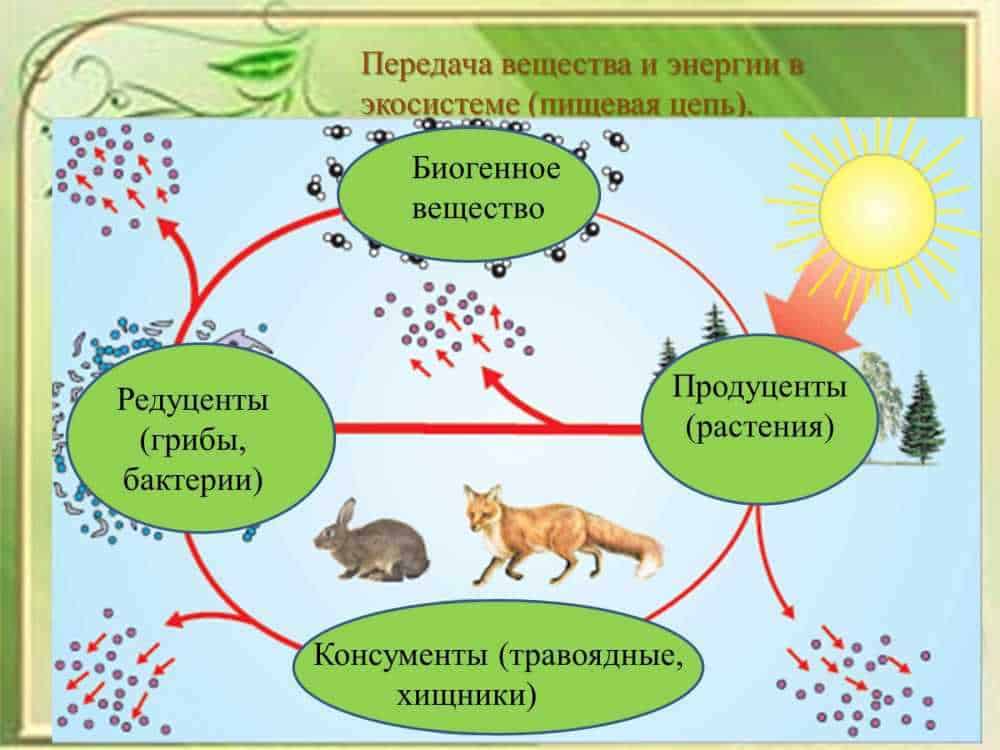
There is a huge variety of butterfly species in the world. Their shapes, sizes and colors can be very diverse. This allows them to adapt to different environmental conditions and find food.
Due to their bright colors, butterflies can attract the attention of breeding partners, as well as scare away predators. Some species of butterflies have special camouflage colors that help them hide from predators and ensure their survival.
The role of butterflies in ecosystem conservation
Butterflies are important indicators of the health of an ecosystem. Their presence or absence may indicate the health of the environment. The deterioration of the ecosystem can lead to a decrease in the number of butterflies and even the extinction of some species.
Therefore, the conservation of butterflies and their habitats is an important task for the conservation of biological diversity. The creation of reserves and protected areas where the natural habitat of butterflies is preserved, as well as the implementation of measures to protect their populations, contributes to the conservation of the ecosystem as a whole.
Importance of butterflies in the food chain
Butterflies play an important role in nature's food chain. They are an important food source for many other animals such as birds, frogs, lizards and many insectivorous mammals.
Butterflies, especially in the caterpillar stage, feed on the leaves of plants. This helps to maintain balance in plant populations and prevents them from overproducing. In addition, some species of butterflies are pollinators, transferring pollen from one plant to another and facilitating their reproduction.
Most butterflies also serve as food for other insects such as spiders and beetles. They can also be food for fish and other aquatic animals if they fall into the water. Thus, butterflies are an important part of the food web, providing food for many different animal species.
Thus, the conservation of the butterfly population is of great importance for the maintenance of biological diversity and the stability of the ecosystem.
The process of pollination and the role of butterflies
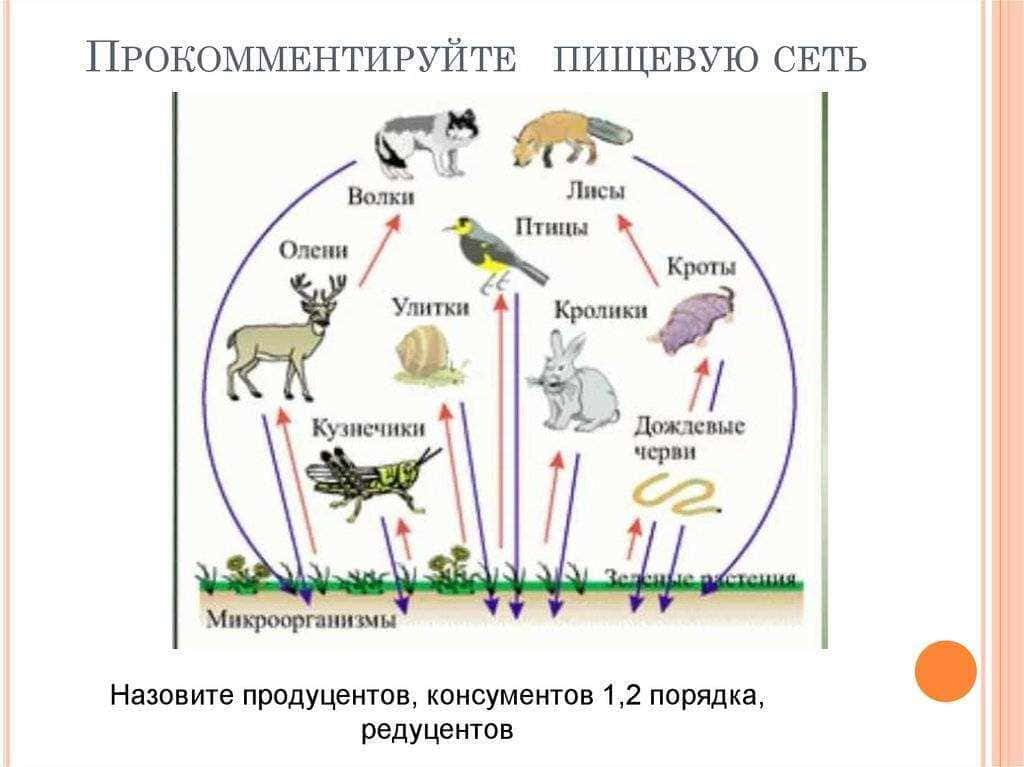
Pollination is the process of transferring pollen from the stamen of a flower to the pistil. This process is necessary to ensure the reproduction of plants and the formation of new fruits and seeds. Various insects, including butterflies, play an important role in this process.
The role of butterflies in pollination
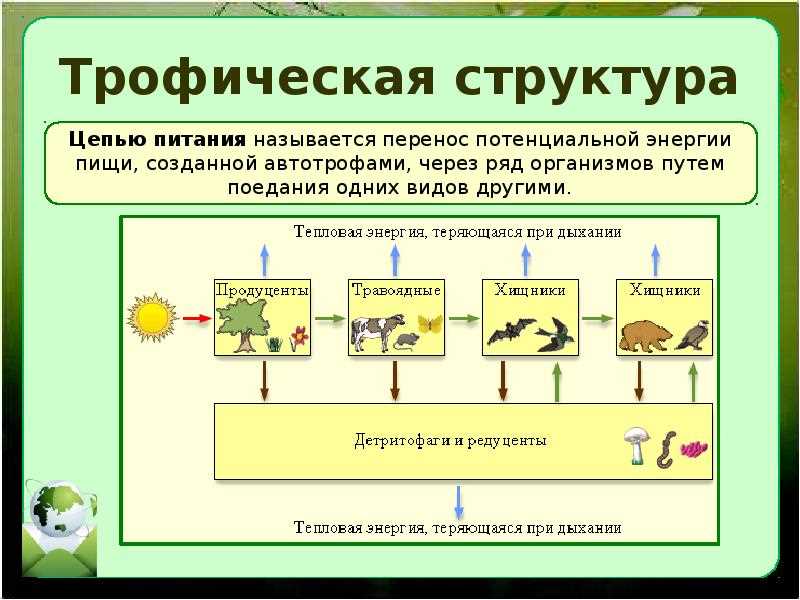
Butterflies are among the most efficient pollinators in nature. They are attracted to flowers that secrete nectar and carry pollen from one flower to another. Butterflies can also be seen on plant leaves where they lay their eggs. In the process of visiting flowers, butterflies accidentally transfer pollen from one flower to another, which contributes to pollination and plant reproduction.
It is also worth noting that some species of butterflies have specialized relationships with certain plants. For example, there are dust butterflies that interact only with certain types of plants. This means that these butterflies are important pollinators for these plants and their conservation is of great importance to the ecosystem.
Contribution of butterflies to the food chain

Butterflies also play an important role in nature's food chain. They serve as a food source for many animals, including birds, bats, and insectivores. In addition, butterflies are an important link in the food chain for other insects, as they are predators of many plant pests. Their presence and diversity in the ecosystem contributes to maintaining the balance of nature and biodiversity.
Butterflies as food for other animals
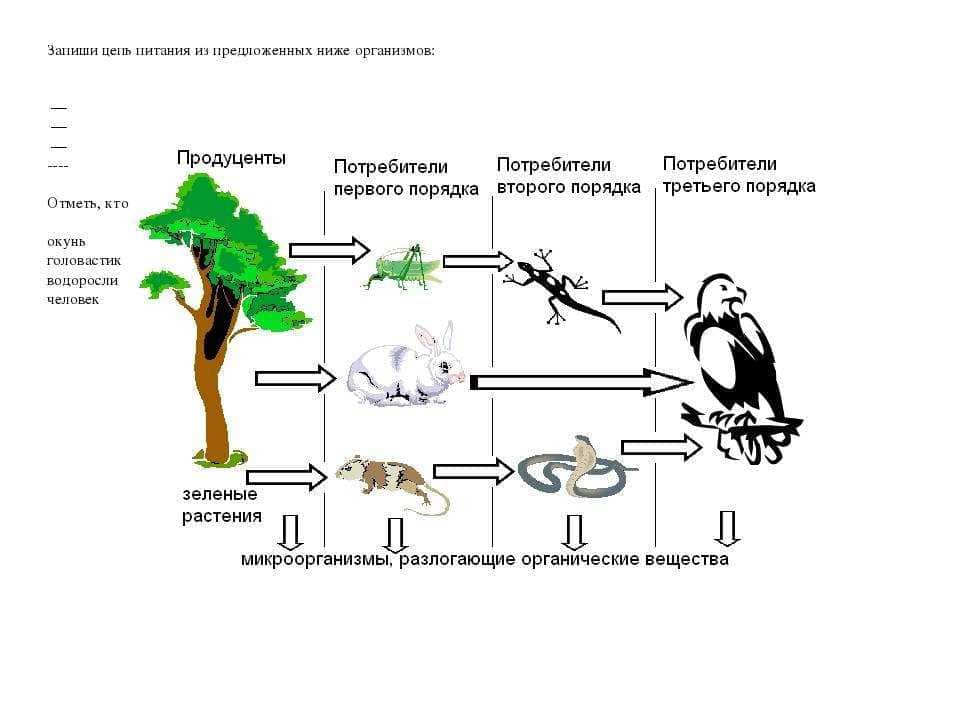
Butterflies are an important food source for many animals in nature. They serve as prey for various species of birds, lizards, insectivorous mammals and even some spiders.
Many birds such as tits, swallows and nightjars actively feed on butterflies and moths. They catch them in flight using their speed and maneuverability. Butterflies are an important food source for birds, rich in proteins and energy.
Some lizard species also feed on butterflies. They may hunt them on the ground or even catch them in flight. Butterflies provide the lizards with the food they need and help them survive in their habitat.
Insectivorous mammals such as bats and marsupials also feed on butterflies. They use their witty skills and sense of hearing to catch them in flight. Butterflies are an important food source for these mammals and help them maintain their energy and survival.
Some types of spiders can also feed on butterflies. They catch them with their web traps and then feed on them. Butterflies are an important food source for spiders and help them survive and reproduce.
Thus, butterflies play an important role in nature's food chain, providing food for various animal species. Their presence and diversity in the ecosystem are key factors for maintaining biological balance and maintaining natural harmony.
The interaction of butterflies with plants
Butterflies play an important role in the ecosystem by interacting with plants. They are important pollinators of many plant species, contributing to their reproduction and the maintenance of genetic diversity.
One of the main ways butterflies interact with plants is through pollination. Butterflies, feeding on flower nectar, carry pollen from one flower to another. This allows the plants to pollinate and produce seeds, which is essential for their reproduction.
In addition to pollination, butterflies also interact with plants through their caterpillars. Caterpillars feed on plant leaves and are important selection factors for plants. Some butterfly species may be specialized in feeding on certain plant species, which may affect the distribution and diversity of plants in an ecosystem.
Butterfly interactions with plants can also be mutually beneficial. Some species of butterflies can obtain nutrients and protection from predators by feeding on certain types of plants. In turn, plants can benefit from being pollinated by butterflies, as this aids their reproduction and survival.
Thus, the interaction of butterflies with plants is an important component of the ecosystem. It contributes to the pollination of plants, the conservation of genetic diversity and the mutually beneficial interaction of both parties in the food chain of nature.
Butterfly biodiversity and its importance
Butterflies are one of the most diverse groups of insects. There are over 180,000 known species of butterflies in the world, and these are only those that have been described by scientists. However, this figure does not exhaust the entire diversity of these colorful creatures. Butterflies inhabit almost every corner of the planet, with the exception of Antarctica, and live in a wide variety of conditions - from tropical forests to Arctic tundra.
Butterfly biodiversity plays an important role in maintaining the ecosystem and ensuring the sustainable functioning of nature. Butterflies perform several important functions. First, they are pollinators of many plants. Pollen, sticking to the body of butterflies during a visit to the flowers, is transferred from one flower to another, contributing to pollination and the formation of seeds. This is especially important for plants that cannot self-pollinate, such as some types of orchids.
Secondly, butterflies are food for many other animals. They are part of the food chain of many ecosystems and are an important link in the food web. Many birds, mammals, and other insectivorous animals feed on butterflies and their caterpillars. The loss of butterfly biodiversity can lead to disruption of food chains and negatively affect the entire ecosystem.
In addition, butterflies are indicators of the state of the environment. Changes in the number and species composition of butterflies may indicate the state of the ecosystem and the impact of anthropogenic activities on nature. Butterfly research allows scientists to assess the environmental sustainability of a region and take action to conserve it.
Thus, the biodiversity of butterflies plays an important role in nature. It supports pollination of plants, provides food for other animals, and serves as an indicator of the state of the environment. Therefore, for the conservation of the ecosystem and the sustainable development of the planet, it is necessary to pay attention to the conservation and protection of the biodiversity of butterflies.
Threats and challenges for butterflies
Butterflies, like other living creatures, face various threats and challenges that can negatively affect their populations and affect their role in the ecosystem.
1. Loss of habitats
One of the main threats to butterflies is habitat loss due to the destruction of natural environments. A significant reduction in forest and polar lands, as well as the destruction of natural habitats due to the development of cities and industry, leads to a decrease in the number of butterflies and their diversity.
2. Climate change
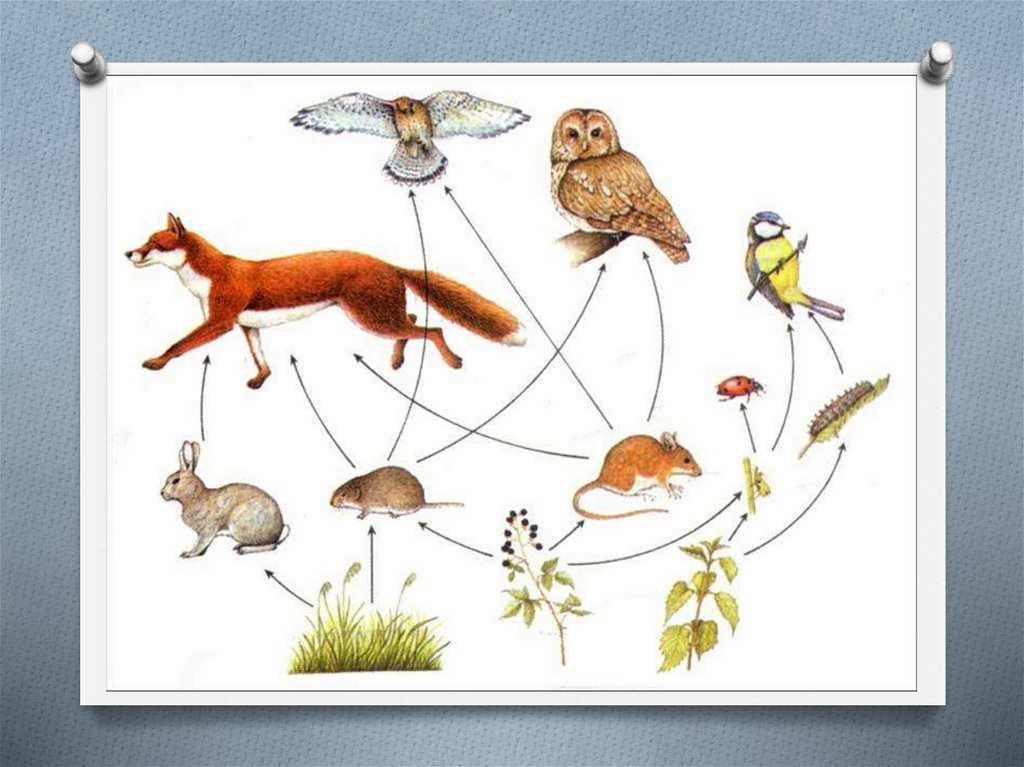
Climate change also poses a major threat to butterflies. Global warming may change the living conditions of butterflies, including temperature regimes, the availability of food and water, and affect their ability to reproduce.
3. Use of pesticides
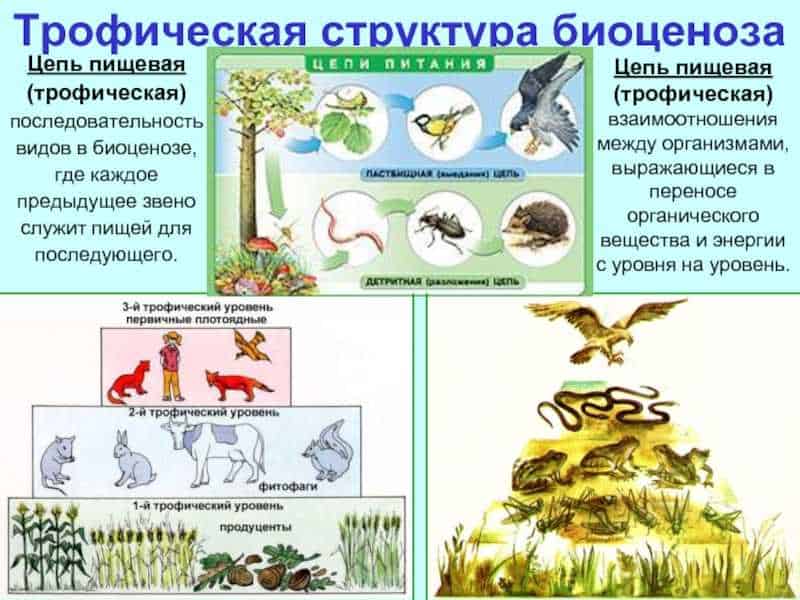
The use of pesticides in agriculture and horticulture is also a major threat to butterflies. They may be poisoned as a direct result of pesticide use, or they may be poisoned by feeding on plants that have been left with traces of pesticides.
4. Impact of invasive species
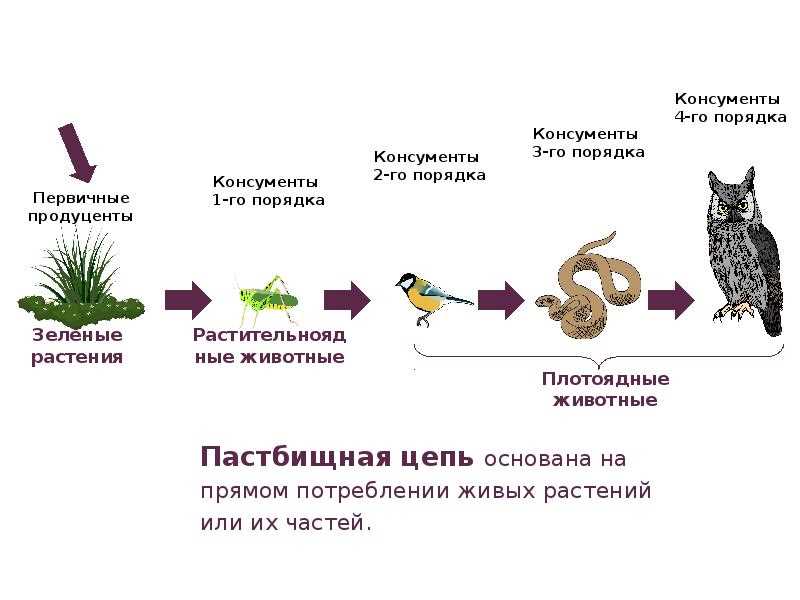
Some invasive plant and insect species can have a negative effect on butterflies. They may compete with native species for food and habitat, and they may also host parasites that can attack butterflies and their caterpillars.
5. Gathering and commercial trade
Collecting butterflies and selling them commercially also poses a threat to their populations. Illegal hunting of butterflies can lead to their disappearance from certain regions and a decrease in their numbers in general.
In general, conservation of habitats, combating climate change, limiting the use of pesticides, controlling invasive species and banning collection of butterflies are necessary measures to protect these beautiful and important creatures.
Protection and conservation of butterflies in nature

Butterflies are an important link in the food chain of nature and play a significant role in the ecosystem. They act as pollinators for plants, helping them reproduce and spread. In addition, they serve as food for many birds, insects and other animals.
However, the butterflies are currently facing various threats that could lead to their extinction. One of the main reasons is the destruction and alteration of the natural habitats of butterflies. Development of territories, the use of intensive agricultural methods, environmental pollution with chemicals - all this negatively affects butterfly populations.
To protect and conserve butterflies, a number of measures must be taken. First, it is necessary to preserve and restore their natural habitats. This can be achieved through the creation of nature reserves, parks and other protected areas. It is also important to limit the use of chemicals in agriculture and industry so as not to pollute the environment and poison the butterflies.
Additionally, educational programs and campaigns should be conducted to raise people's awareness of the importance of butterflies and how to protect them. This may include conducting tours, lectures, exhibitions, and other activities to help people understand the importance of butterflies in nature and take an active part in their conservation.
Thus, the protection and conservation of butterflies in nature is an integral part of the protection of the environment and biodiversity. Measures must be taken to preserve their natural habitats, limit the use of chemicals and conduct educational programs to preserve these beautiful and important creatures of our nature.

